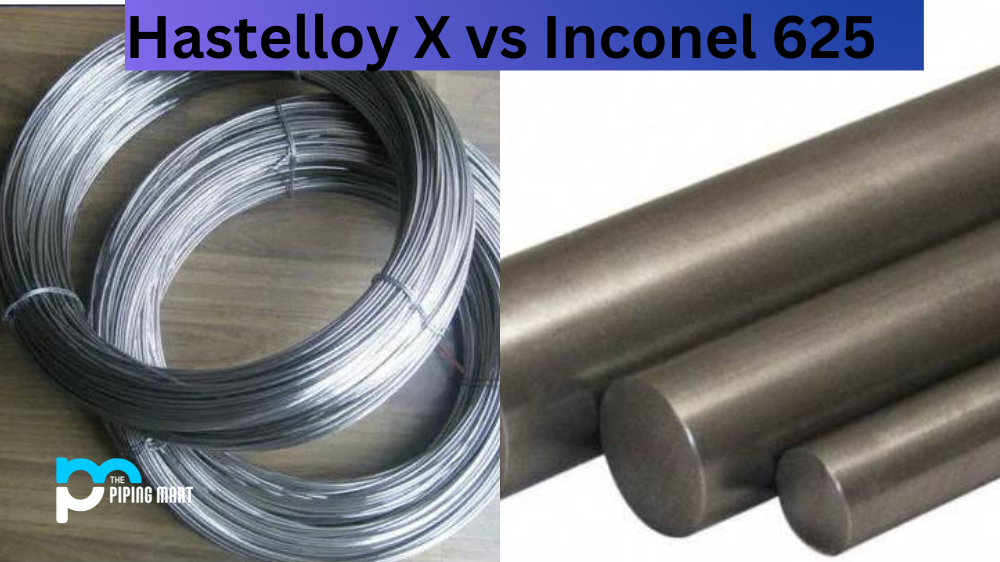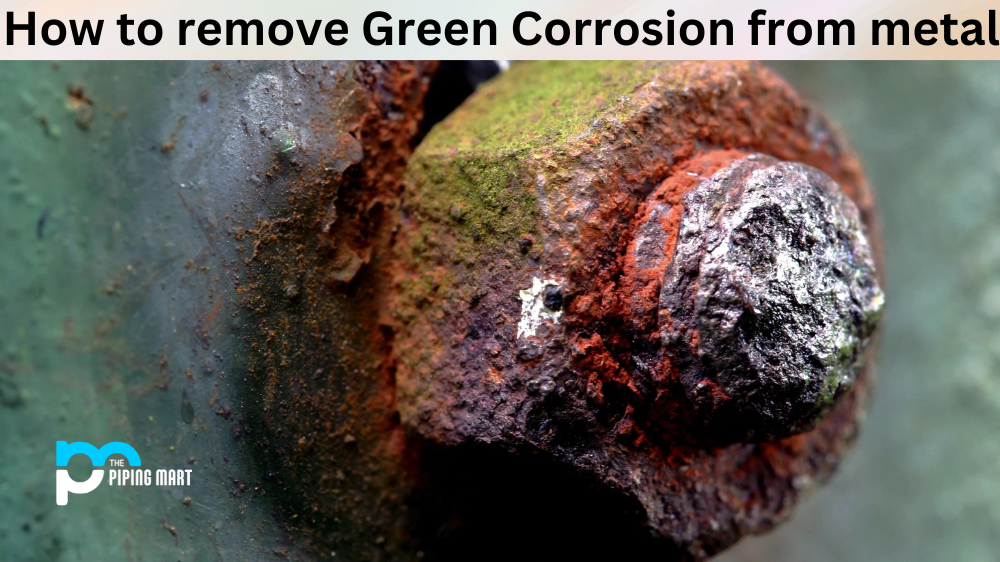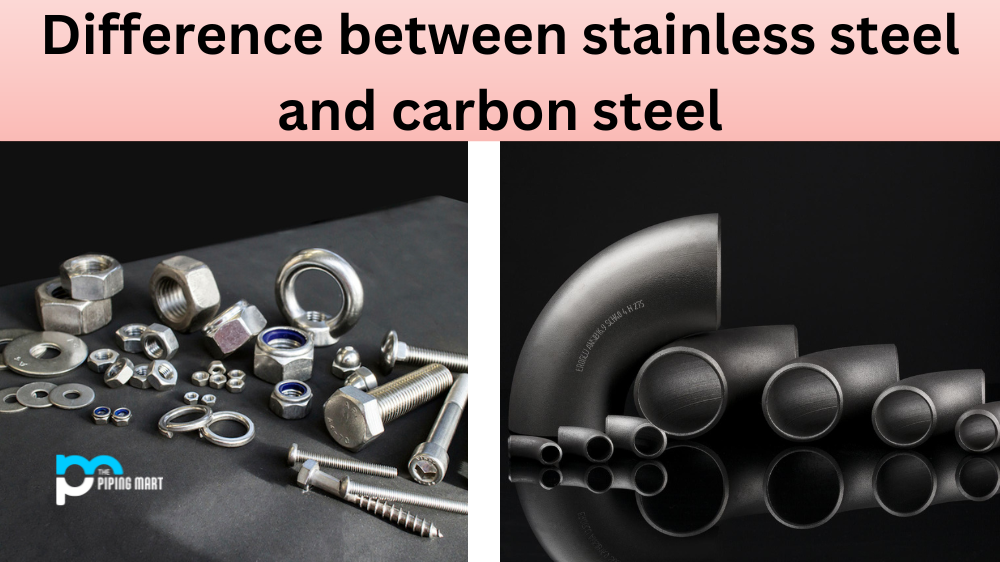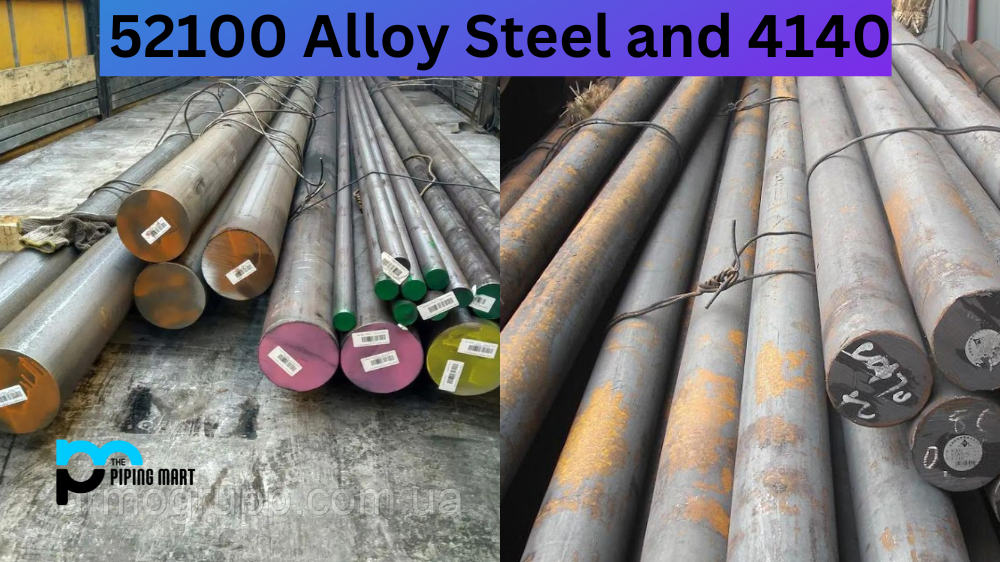If you’re in the market for a corrosion-resistant, high-temperature alloy, then you may have come across both Hastelloy X and Inconel 625. Both of these alloys are incredibly strong and perform well in harsh environments. But which one should you choose? Let’s take a look at the similarities and differences between them.
Differences Between Hastelloy X and Inconel 625
First off, let’s discuss their similarities. Both Hastelloy X and Inconel 625 are nickel-based superalloys with excellent resistance to oxidation, corrosion, and heat. They both offer superior mechanical strength as well as good ductility under extreme temperatures. However, they do differ in several ways.
For starters, Hastelloy X contains a higher amount of chromium than Inconel 625—roughly twice as much—which means that it offers superior resistance to chloride-induced stress corrosion cracking (SCC). It also has better formability than its counterpart due to its lower carbon content. Finally, it’s important to note that Hastelloy X is more expensive than Inconel 625 due to its higher chromium content.
In contrast, Inconel 625 is less susceptible to thermal shock than Hastelloy X because it contains more aluminum and titanium atoms in its structure. This makes it an ideal choice for applications where thermal cycling is common such as aerospace engines or rocket nozzles. Additionally, its lower cost makes it attractive for users on a budget who still need the performance of a high-temperature alloy.
Whether you choose Hastelloy X or Inconel 625 will depend on your application requirements and budget constraints. It’s best to consult with an experienced metal supplier who can help guide you toward the right choice for your project needs.
Composition
Hastelloy X is an alloy that contains nickel, chromium, molybdenum, and iron. Inconel 625 is an alloy that contains nickel, chromium, molybdenum, niobium, and iron.
Melting Point
Hastelloy X has a melting point of 2,890 degrees Fahrenheit. Inconel 625 has a melting point of 2,468 degrees Fahrenheit.
Density
Hastelloy X has a density of 8.69 grams per cubic centimeter. Inconel 625 has a density of 8.4 grams per cubic centimeter.
Tensile Strength
Hastelloy X has a tensile strength of 1,220 MPa. Inconel 625 has a tensile strength of 1,345 MPa.
Applications
Hastelloy X is typically used in applications where high temperatures are a concern, such as in aircraft engines and gas turbines. Inconel 625 is often used in chemical processing and marine environments due to its resistance to corrosion.
Conclusion:
When choosing between Hastelloy X and Inconel 625 for your high-temperature application, it’s important to consider factors such as resistance to SCC or thermal shock that may be relevant depending on what type of environment your application will be subjected to. You should also factor in price when making your decision since this can vary significantly between the two alloys. Consulting with an experienced metal supplier who understands both alloys can help you make the right choice for your needs so that you get optimal performance from your equipment while staying within budget parameters if necessary.

Pipingmart is a B2B portal that specializes in metal, industrial and piping items. Additionally, we share the latest information and information about materials, products and various types of grades to assist businesses that are involved in this business.




